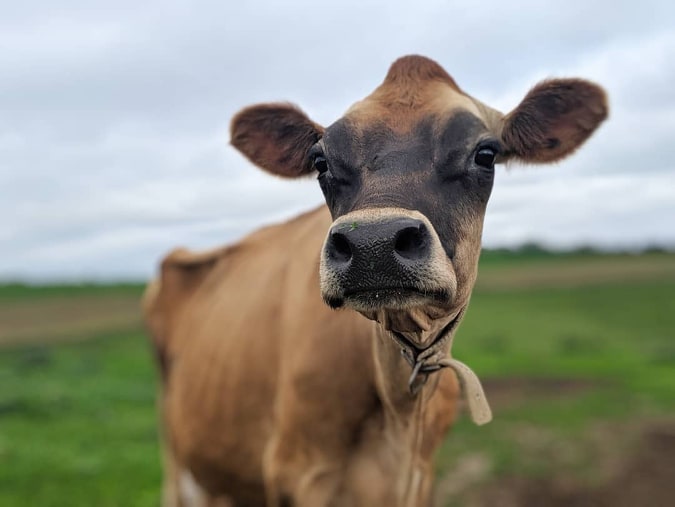
Rural counties that rely on dairy and animal agriculture saw higher unemployment rates due to COVID-19, according to a recent article published in Choices, the Agricultural & Applied Economics Association’s peer-reviewed journal.
Andrew Stevens, an assistant professor in the Department of Agricultural and Applied Economics at UW-Madison, authored the piece with Emeritus Professor Dan Bromley.
Stevens said there were plenty of articles that focused on how the pandemic was impacting cities, so his team looked at how COVID-19 impacted unemployment in areas that rely on agriculture, focusing on Minnesota, Wisconsin and Michigan. They compared counties relying on animal agriculture versus those relying on row crops.
The point of the study was to see what happened to unemployment in the agricultural sector in rural counties and see how different kinds of ag lend themselves or don’t lend themselves to surviving labor shocks better or worse.
Animal agriculture faired worse because outputs are more frequent, requiring more labor.
The study fits into the broader scheme of things in rural Wisconsin as rural areas become less populated. Stevens describes his findings as a double-edged sword. For example, while row crop-heavy areas are more insulated from labor shocks, those cash crop farmers aren’t hiring that many people anyway. So that community may have fewer people to support it at baseline.

